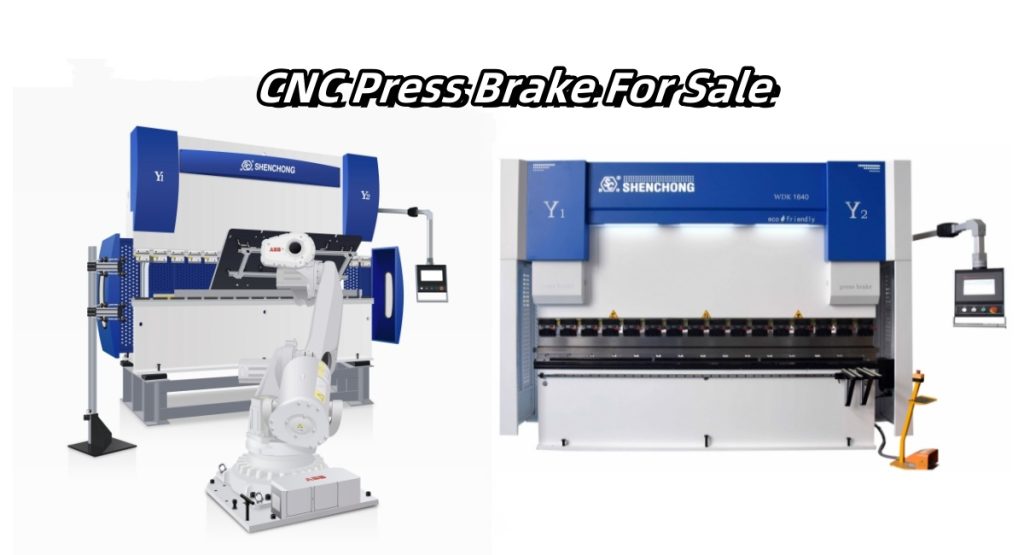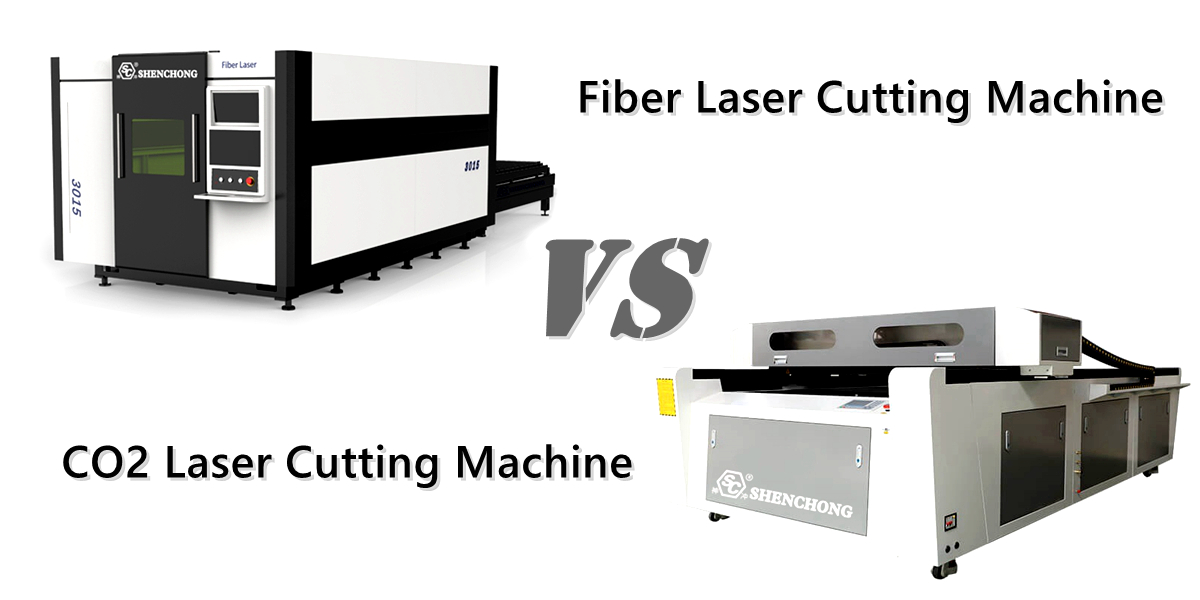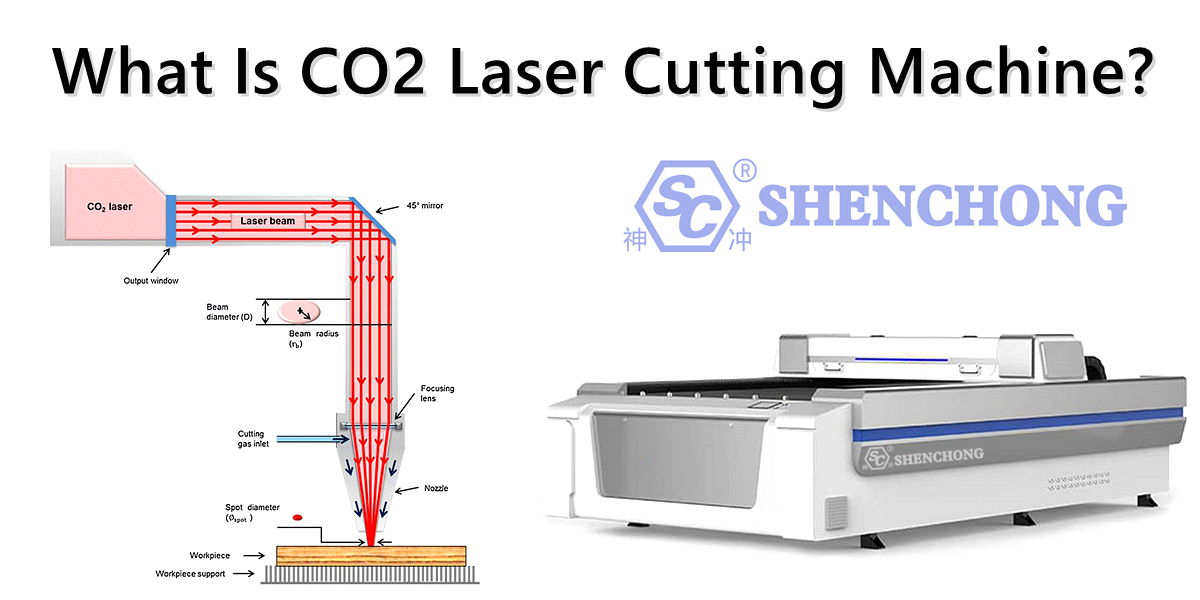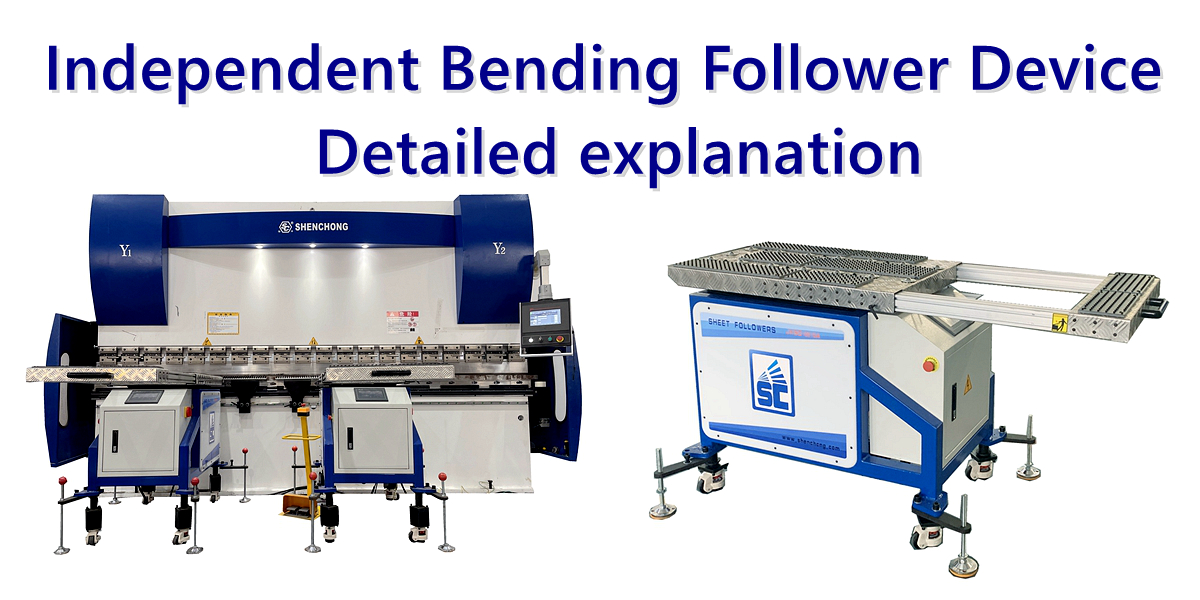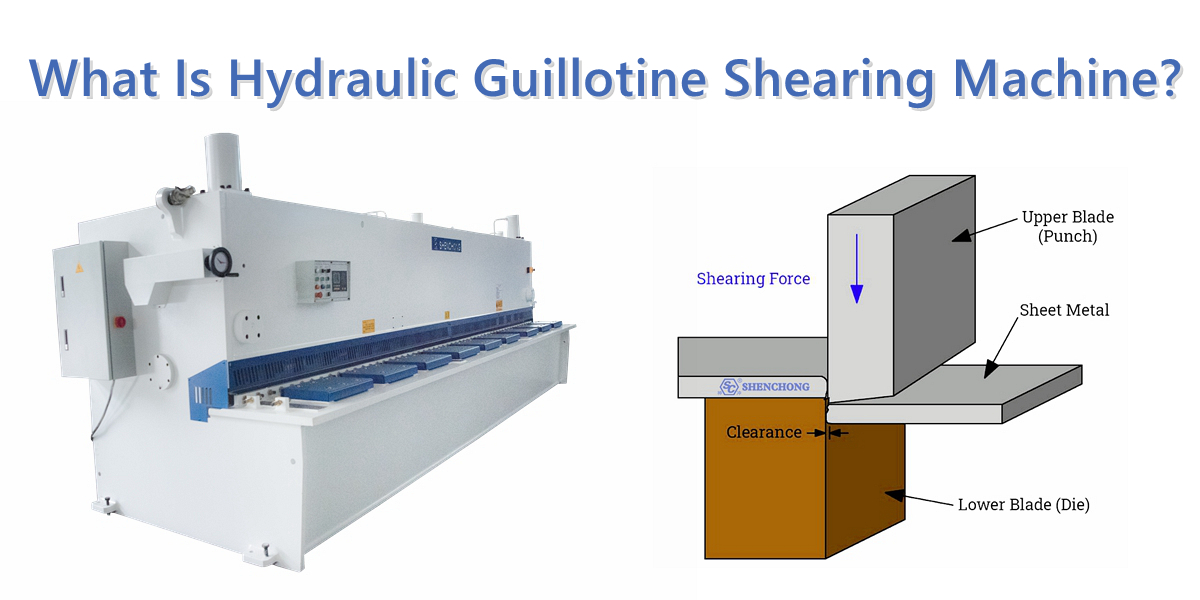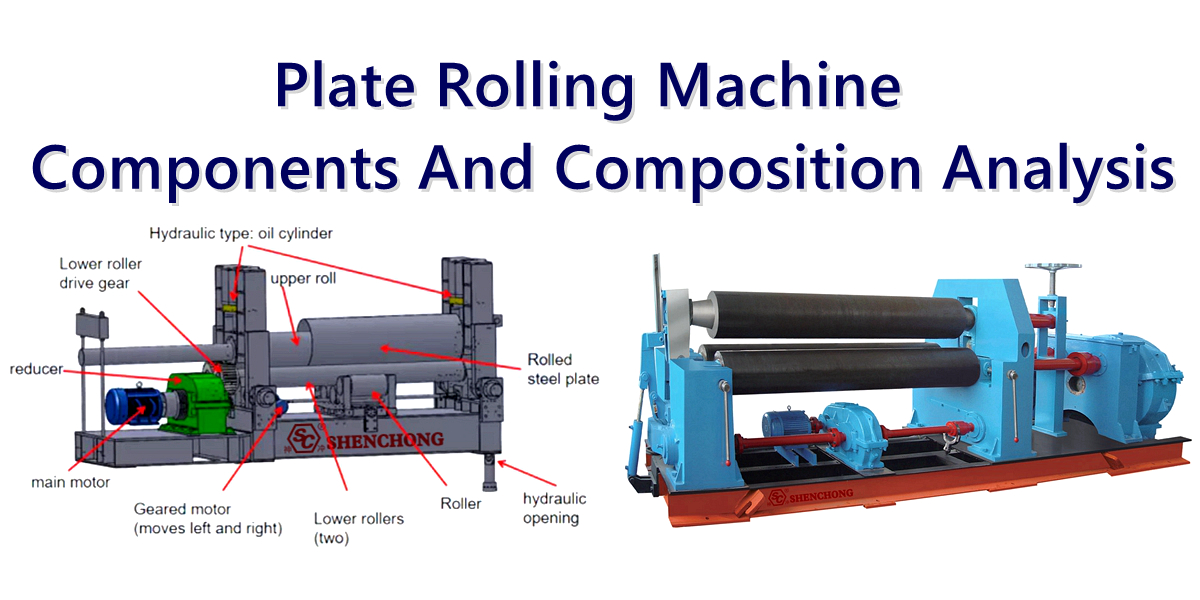Table of Contents
In the realm of metal fabrication, precision and efficiency are paramount. One of the most crucial machines in this industry is the press brake, which is used for bending and shaping sheet metal. Among various types of press brakes, CNC (Computer Numerical Control) press brakes stand out due to their advanced technology, precision, and automation capabilities. This comprehensive cnc press brake introduction article delves into the intricacies of CNC press brakes, covering their operation, components, advantages, applications, maintenance, and future trends.
What Is A CNC Press Brake?
A CNC press brake is a machine used in metal working to bend and shape sheet metal. The CNC technology integrates computer control with mechanical systems, allowing for precise and automated bending operations. CNC press brakes are equipped with programmable controls that enable operators to input specific bending parameters, resulting in consistent and accurate bends.
CNC Press Brake Working Principle
The bending brake machine generally adopts a special CNC system for the bending brake machine. The coordinate axis of the CNC sheet metal press brake machine has developed from a single axis to 12 axes. The CNC system can automatically realize the control of the sliding block’s running depth, the adjustment of the sliding block’s left and right tilt, the front and rear adjustment of the rear stopper, the left and right adjustment, the pressure tonnage adjustment, and the adjustment of the sliding block’s approaching working speed. The CNC bending machine can easily achieve actions such as sliding the slider downwards, inching, continuous, holding pressure, returning, and stopping halfway, completing multiple bending of the same or different angles with one loading.
Multi-Axis CNC Press Brakes
Multi-axis CNC press brakes have additional axes of movement, allowing for more complex bending operations. These machines offer greater flexibility and precision, making them suitable for intricate bending tasks. Key features include:
- Complex Bends: Capable of performing intricate and multi-dimensional bends.
- Precision: Enhanced control over bending angles and positions.
- Versatility: Suitable for a wide range of applications requiring detailed work.
Components Of A CNC Press Brake
1. Frame and Working Table
- Frame: The frame of a CNC press brake machine is the main structure that supports all other components. It is typically made of heavy-duty steel to withstand the forces exerted during bending operations.
- Working Table: The working table is a flat surface where the sheet metal is placed. It provides a stable platform for bending and is designed to handle the weight and pressure of the material being worked on.
2. Ram and Punch
- Ram: The ram is the movable part of the press brake that holds the punch. It moves up and down to apply force on the sheet metal, bending it against the die.
- Punch: The punch is the upper tool attached to the ram. It comes in various shapes and sizes, depending on the desired bend angle and radius.
3. Die And Die Holder
- Die: The die is the lower tool positioned on the bed. It also comes in various shapes and sizes to complement the punch and achieve the desired bend.
- Die Holder: The die holder secures the die in place, ensuring stability and precision during bending operations.
4. CNC Control System
- Control Panel: The control panel is the interface through which operators input bending parameters, such as bend angle, material thickness, and bend length. Modern CNC press brakes feature touch screens and user-friendly interfaces for ease of operation.
- Controller System: The controller processes the input data and sends precise commands to the machine’s mechanical systems, ensuring accurate and consistent bends.
5. Backgauge System
- Backgauge: The backgauge is a movable component that positions the sheet metal accurately for each bend. It ensures consistency and repeatability in bending operations.
- Motors and Actuators: These components drive the backgauge’s movements, allowing for precise positioning based on the programmed parameters.
6. Hydraulic Or Servo Motors
- Hydraulic System: Traditional CNC press brakes use hydraulic systems to generate the force needed for bending. Hydraulic press brakes are known for their robustness and ability to handle heavy-duty applications.
- Servo Motors: Modern CNC bending brake often use servo motors for greater precision and energy efficiency. Servo motors provide exact control over the ram’s movement, resulting in highly accurate bends.
Applications Of CNC Press Brake Machines
CNC press brakes are used in a wide range of industries and applications, including:
1. Automotive Industry
In the automotive industry, CNC press brakes are used to fabricate various components, such as body panels, brackets, and structural parts. The precision and efficiency of CNC press brakes ensure high-quality parts that meet stringent industry standards.
2. Aerospace Industry
The aerospace industry demands high precision and accuracy in the fabrication of components. CNC press brakes are used to bend and shape parts for aircraft, including wing sections, fuselage parts, and brackets.
3. Construction Industry
In construction, CNC press brakes are used to fabricate metal components for buildings, bridges, and other structures. The versatility of CNC press brakes allows for the bending of various materials, including steel, aluminum, and stainless steel.
4. Electrical And Electronics Industry
CNC press brakes are used to manufacture enclosures, brackets, and other components for electrical and electronic devices. The precision and repeatability of CNC press brakes ensure that parts fit correctly and function as intended.
5. Furniture Industry
In the furniture industry, CNC press brakes are used to create metal frames, legs, and other components for furniture. The ability to quickly switch between different bend profiles allows for the efficient production of custom designs.
Advantages of CNC Press Brakes
1. Precision and Accuracy
CNC press brakes offer unparalleled precision and accuracy in bending operations. The computer-controlled system ensures that each bend is consistent and meets the specified parameters, reducing errors and rework.
2. Efficiency and Productivity
The automation and programmability of CNC press brakes significantly improve efficiency and productivity. Operators can quickly set up and execute complex bending sequences, reducing setup times and increasing throughput.
3. Versatility
CNC press brakes can handle a wide range of materials, thicknesses, and bend profiles. The programmable control system allows for quick changes between different jobs, making them versatile and adaptable to various fabrication needs.
4. Repeatability
The CNC control system ensures that each bend is repeatable, even in high-volume production runs. This consistency is crucial for maintaining quality and meeting production deadlines.
5. Reduced Labor Costs
The automation of CNC press brakes reduces the need for manual intervention, leading to lower labor costs. Operators can focus on programming and quality control rather than manual bending operations.
Types Of CNC Press Brake
CNC press brakes come in various types, each designed to meet specific requirements in terms of performance, precision, and application. Here are the main types of CNC press brakes:
Hydraulic CNC Press Brakes
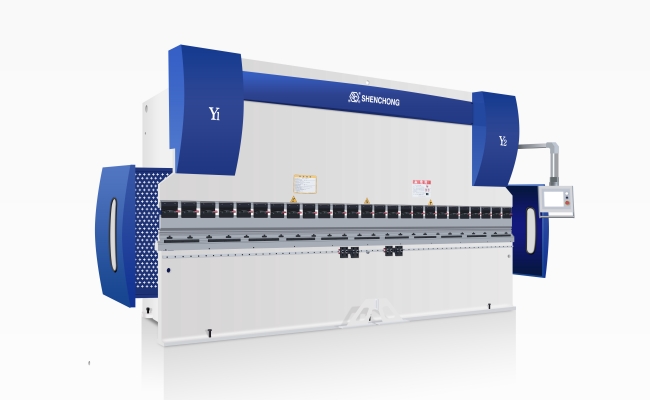
Hydraulic CNC press brakes are among the most common types used in the industry. They use hydraulic systems to apply force to the ram, which bends the metal against a die. Key features include:
- High Power: Capable of bending thick and tough materials.
- Precision: Equipped with CNC controllers for precise bending angles and repeatability.
- Versatility: Suitable for a wide range of materials and thicknesses.
- Speed: Generally slower than electric press brakes but very powerful.
Electric CNC Press Brakes
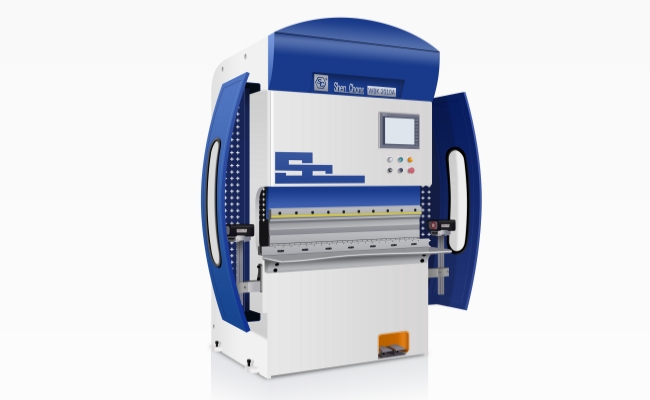
Electric CNC press brakes, also known as servo-electric press brakes, use electric motors to drive the ram. These machines offer several advantages:
- Energy Efficiency: Lower energy consumption compared to hydraulic machines.
- Speed: Faster operation due to the quick response of electric motors.
- Precision: High accuracy and repeatability, ideal for complex and delicate bending tasks.
- Maintenance: Fewer moving parts lead to lower maintenance requirements.
Hybrid CNC Press Brakes
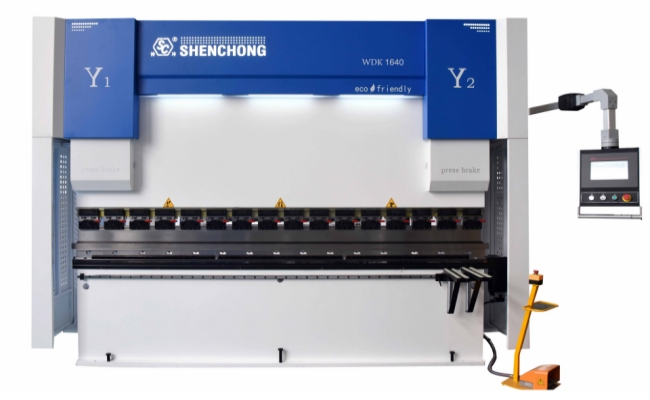
Hybrid servo CNC press brakes combine the benefits of both hydraulic and electric systems. They use electric motors to drive the hydraulic system, resulting in a more efficient and precise machine. Key benefits include:
- Energy Savings: Reduced energy consumption compared to traditional hydraulic systems.
- Precision: Enhanced control and accuracy due to the hybrid drive system.
- Performance: Capable of handling heavy-duty tasks with the efficiency of an electric system.
Tandem CNC Press Brakes
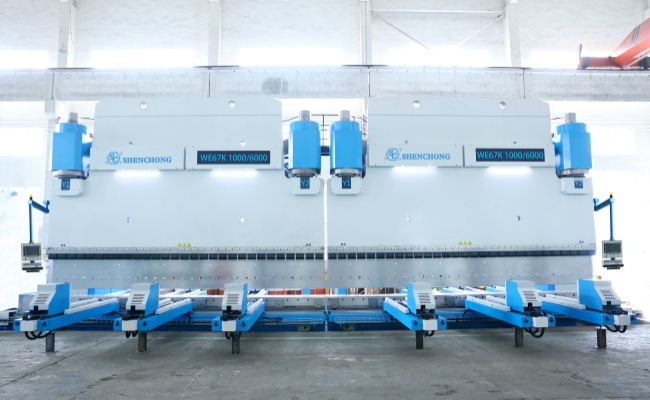
Tandem CNC press brakes consist of two or more press brakes working in synchronization. They are used for bending very long pieces of metal or for high-volume production where multiple bends are required simultaneously. Key features include:
- Large Capacity: Capable of handling large and long workpieces.
- Flexibility: Can be used independently or in tandem mode, depending on the application.
- Productivity: Increased productivity by performing multiple bends in one setup.
Robotic CNC Press Brakes
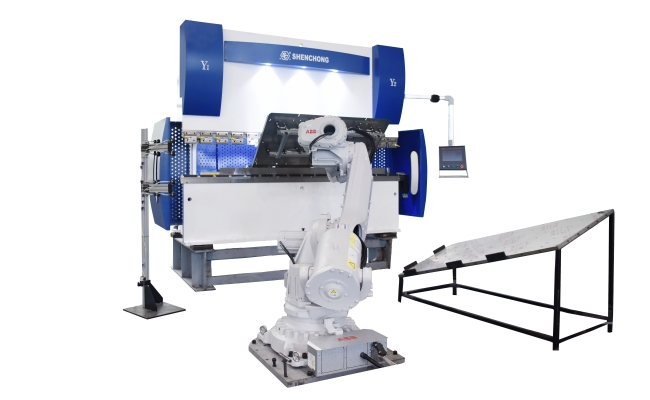
Robotic CNC press brakes integrate robotics with CNC press brakes to automate the bending process. These machines are ideal for high-volume production and applications requiring consistent precision. Key advantages include:
- Automation: Reduced manual labor and increased efficiency.
- Consistency: High repeatability and precision, ideal for mass production.
- Safety: Reduced risk of injury as robots handle the material.
Comparison Of Different Types
Type | Power | Precision | Speed | Energy Efficiency | Applications |
Hydraulic CNC Press Brake | High | High | Moderate | Moderate | General metalworking, heavy-duty tasks |
Electric CNC Press Brake | Moderate | Very High | High | High | Precision tasks, delicate materials |
Hybrid CNC Press Brake | High | Very High | High | High | Heavy-duty tasks with efficiency |
Tandem CNC Press Brake | Very High | High | Moderate | Moderate | Long workpieces, high-volume production |
Robotic CNC Press Brake | High | Very High | High | High | Mass production, automated processes |
Choosing the right type of CNC press brake depends on your specific needs, including the type of material, thickness, production volume, and complexity of the bending tasks. Hydraulic CNC press brakes are suitable for heavy-duty applications, while electric and hybrid press brakes offer higher precision and energy efficiency. Tandem press brakes are ideal for large workpieces, and robotic and multi-axis press brakes excel in automation and complex bending tasks. Understanding the strengths and applications of each type will help you make an informed decision for your manufacturing needs.
CNC Press Brake Introduction: Operation Of A CNC Press Brake
1. Programming
The operation of a CNC press brake begins with programming. Operators input specific bending parameters into the CNC control system, including:
- Material Type:Different materials require different bending forces and techniques.
- Thickness:The thickness of the sheet metal determines the amount of force needed for bending.
- Bend Angle:The desired angle of the bend.
- Bend Length:The length of the bend along the sheet metal.
- Tooling Selection:Choosing the appropriate punch and die based on the desired bend profile.
2. Setup
Once the program is set, the operator sets up the machine:
- Tooling Installation:The punch and die are installed in the machine according to the programmed parameters.
- Backgauge Adjustment:The backgauge is adjusted to the correct position for the first bend.
3. Bending Operation
The bending process involves several steps:
- Positioning:The sheet metal is placed on the bed, and the backgauge positions it accurately for the first bend.
- Bending:The ram descends, pressing the punch into the sheet metal against the die, creating the bend.
- Repositioning:The backgauge repositions the sheet metal for subsequent bends as per the programmed sequence.
4. Quality Control
After bending, the operator checks the bent parts for accuracy and quality:
- Measurement:The bend angles, lengths, and radii are measured to ensure they meet the specifications.
- Adjustments:If necessary, adjustments are made to the program or machine settings to achieve the desired results.
CNC Press Brake Introduction: Maintenance Of CNC Press Brakes
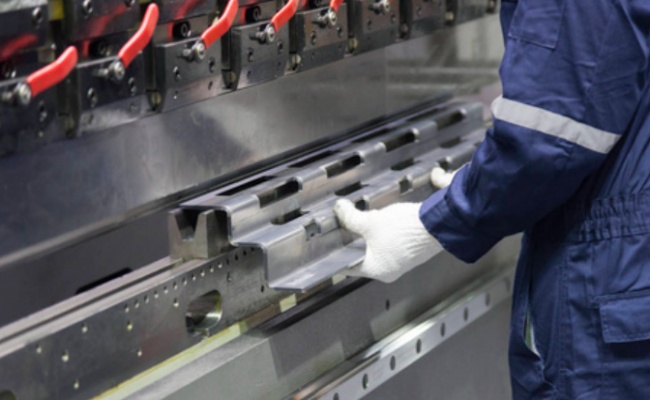
Proper maintenance is crucial to ensure the longevity and optimal performance of CNC press brakes. Regular maintenance activities include:
1. Inspection and Cleaning
- Daily Inspection:Operators should perform daily inspections to check for any signs of wear, damage, or leaks in the hydraulic system.
- Cleaning:Keeping the machine clean and free of debris is essential to prevent damage and ensure smooth operation.
2. Lubrication
- Regular Lubrication:Lubricating moving parts, such as the ram, backgauge, and tooling, reduces friction and wear, extending the lifespan of the machine.
- Hydraulic Fluid:Regularly checking and replacing hydraulic fluid ensures the hydraulic system operates efficiently and without issues.
3. Calibration
- Regular Calibration:Calibrating the CNC control system ensures that the machine maintains its precision and accuracy.
- Tooling Alignment:Ensuring that the punch and die are properly aligned prevents uneven bends and reduces wear on the tooling.
4. Software Updates
- Updating Software:Keeping the CNC control software up to date ensures access to the latest features, improvements, and security updates.
- Backing Up Programs:Regularly backing up bending programs prevents data loss and allows for quick recovery in case of software issues.
How To Purchase A CNC Press Brake?
Machine Model
The first important consideration is the parts you want to produce, which is to purchase a machine that can complete the machining task with the shortest worktable and the smallest tonnage.
Carefully consider the material grade, maximum processing thickness, and length. If most of the work is made of low carbon steel with a thickness of 16 gauge and a maximum length of 10 feet, then the free bending force does not need to be greater than 50 tons. However, if engaged in large-scale bottom forming, perhaps a 150 ton machine tool should be considered. Assuming the thickest material is 1/4 inch, a 10 foot free bending requires 165 tons, while a bottom die bending (corrected bending) requires at least 600 tons. If most of the workpieces are 5 feet or shorter, the tonnage is almost halved, greatly reducing the purchase cost. The length of the parts is crucial in determining the specifications of a new machine.
Press Brake Tooling
Even if you have a shelf full of molds, don’t assume that these molds are suitable for newly purchased machines. It is necessary to check the wear of each mold by measuring the length from the front end of the convex mold to the shoulder and the length between the concave mold shoulder.
For conventional molds, the deviation per foot should be around ± 0.001 inches, and the total length deviation should not exceed ± 0.005 inches. As for precision grinding molds, the accuracy per foot should be ± 0.0004 inches, and the total accuracy should not exceed ± 0.002 inches. It is best to use precision grinding molds for CNC bending machines and conventional molds for manual bending machines.
Bending Accuracy
The requirement for bending accuracy is a factor that needs to be carefully considered, and it is this factor that determines whether you need to consider a CNC press brake machine or a manual bending machine. If the bending accuracy requirement is ± 1 ° and cannot be changed, you must focus on the CNC type.
The repeat accuracy of the CNC hydraulic press brake machine slider is ± 0.01mm, and precise forming angles require such accuracy and good press brake tooling. The repeatability accuracy of the slider of the NC press brake machine is ± 0.1 mm, and under suitable mold conditions, it generally produces a deviation of ± 2-3 °. In addition, hydraulic CNC press brake are prepared for rapid mold assembly, which is an undeniable reason to consider when you need to bend many small batch parts.
Future Trends In CNC Press Brakes
1. Industry 4.0 Integration
The integration of Industry 4.0 technologies, such as IoT (Internet of Things) and data analytics, is transforming CNC press brakes. These technologies enable real-time monitoring, predictive maintenance, and data-driven decision-making, improving overall efficiency and productivity.
2. Automation And Robotics
Automation and robotics are playing an increasingly significant role in CNC press brake operations. The integration of robotic systems with CNC press brakes allows for automated loading, unloading, and bending operations, reducing manual labor and increasing productivity.
3. Advanced Materials
The development of advanced materials, such as high-strength alloys and composites, is driving the need for more capable and precise CNC press brakes. These machines must be able to handle new materials while maintaining accuracy and efficiency.
4. Eco-Friendly Technologies
Environmental sustainability is becoming a priority in manufacturing. CNC press brakes are evolving to incorporate eco-friendly technologies, such as energy-efficient servo motors and environmentally friendly hydraulic fluids, reducing their environmental impact.
Conclusion
CNC press brakes are a cornerstone of modern metal fabrication, offering unparalleled precision, efficiency, and versatility. Their advanced technology and automation capabilities make them indispensable in various industries, from automotive and aerospace to construction and electronics. Proper maintenance and staying abreast of future trends ensure that CNC press brakes continue to meet the evolving needs of the manufacturing industry. As technology advances, CNC press brakes will undoubtedly play an even more significant role in shaping the future of metal fabrication.
